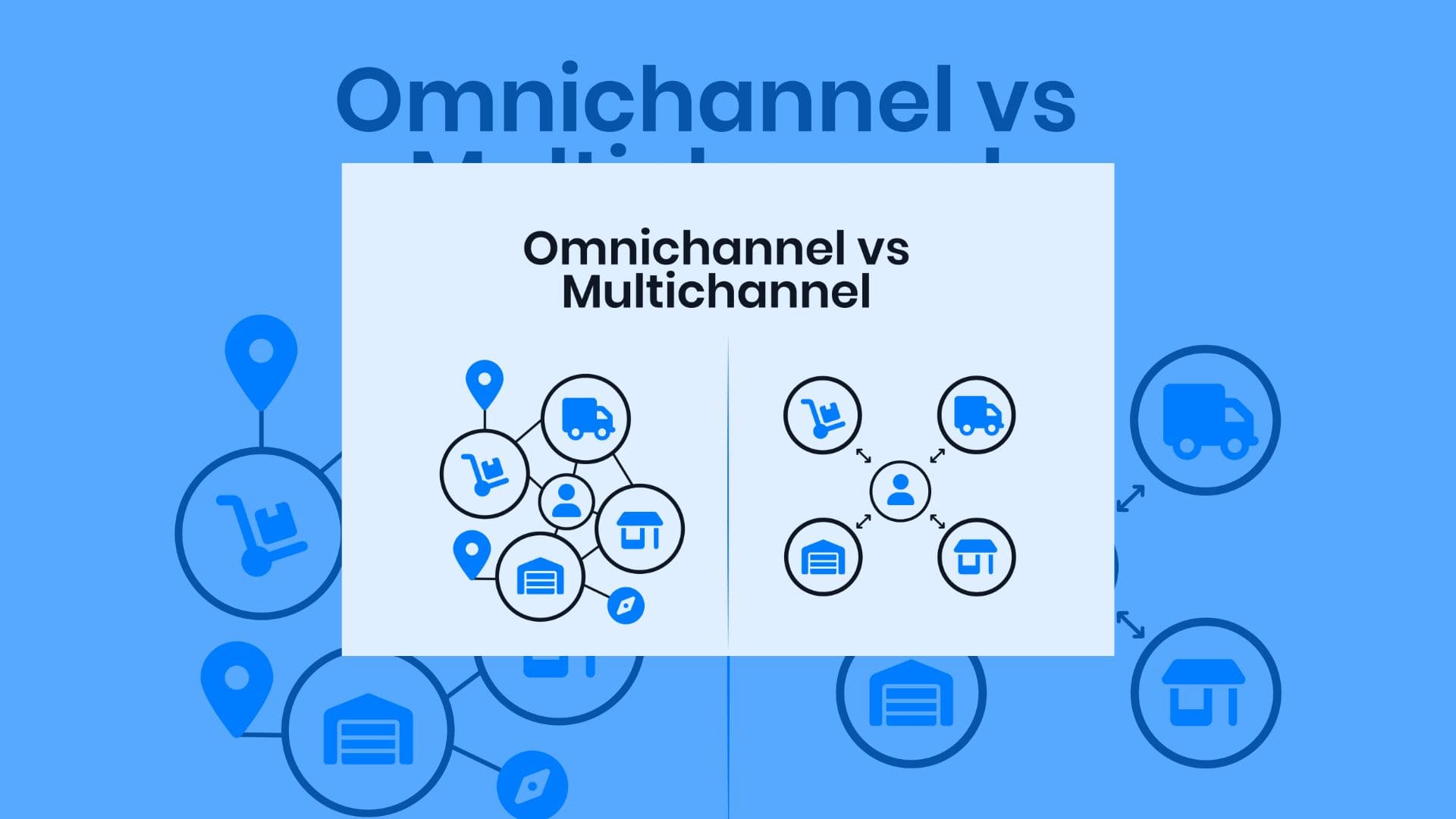
On the other hand, an omnichannel strategy refers to a comprehensive and seamless approach across all sales channels, where customers can experience the same high-quality service and brand experience at all touchpoints. An omnichannel strategy integrates all sales channels and creates an effortless customer experience, providing a unified view of inventory, prices, and promotions across all sales channels.
In an omnichannel approach, customers can start their purchase process on one channel and complete it on another without interruptions.
Benefits of an Omnichannel Strategy
Improves Customer Experience
By providing a seamless purchasing experience, an omnichannel strategy leads to greater customer satisfaction, loyalty, and repeat purchases.
Increases Sales
Hand in hand with an improved customer experience, customers who are part of an omnichannel purchase are more likely to spend more money and make repeat purchases. The ability to reach customers through multiple channels also expands the potential customer base, leading to increased sales.
Improves Inventory Management
An omnichannel approach allows for real-time visibility of inventory across all channels, reducing the risk of stockouts and overstocking.
Enhanced Data Analysis
Data obtained through an omnichannel strategy provides insights into customer behavior across all channels, which can be used to improve marketing, sales, and customer service strategies.
Greater Operational Efficiency
By centralizing inventory, fulfillment, and shipping processes, an omnichannel approach can optimize operations, reduce costs, and increase productivity.
Competitive Advantage
Companies that adopt an omnichannel strategy gain a competitive advantage by meeting customer needs and expectations, building brand loyalty, and staying ahead of the competition.
Benefits of a Multichannel Approach
A multichannel approach allows a company to leverage different sales channels, such as online marketplaces, physical stores, and social media platforms, to reach a wider audience. By doing so, the benefits of this approach include:
Greater Reach: By using multiple sales channels, a company can reach a broader audience.
Flexibility: A multichannel approach enables a company to adapt to changing market conditions and customer preferences by diversifying its sales channels.
Risk Reduction: By having a presence in multiple channels, a company can mitigate the risk of relying too heavily on a single channel, such as a physical store or a single online marketplace.
Improved Customer Interaction: Offering multiple sales channels allows a company to interact with customers in different ways and provide a more personalized experience.
Enhanced Data Analysis: By collecting data from multiple channels, a company can gain insights into customer behavior and preferences, which can inform marketing, sales, and inventory management strategies.
Competitive Advantage: A multichannel approach can help a company stay ahead of the competition by offering a broader range of sales channels and a more personalized customer experience.
How to Execute an Omnichannel Strategy
To execute an omnichannel strategy, companies must ensure that all channels are connected and aligned, with consistent branding, messaging, and customer experience. This requires a deep understanding of customer behavior, preferences, and needs across different channels, as well as the ability to collect and analyze data from multiple sources.
A key element of an omnichannel strategy is the use of technology, such as customer relationship management (CRM) software, inventory management systems, and data analytics tools. These tools can help companies track customer behavior across different channels, optimize inventory and fulfillment, and provide personalized recommendations and promotions.
Another important aspect of an omnichannel strategy is the use of cross-functional teams and collaboration between different departments and channels. This requires breaking down silos and creating a culture of cooperation and communication, with a focus on delivering a consistent and integrated customer experience.
Overall, an effective omnichannel strategy requires a deep understanding of customer needs and behaviors, seamless integration of all channels, and a focus on delivering a consistent and personalized customer experience at every touchpoint.
Building on the previous points, having an integrated logistics process throughout the supply chain is vital to fully engage and retain customers by providing quality last-mile delivery services.
This can be achieved through the use of transportation management systems and real-time monitoring of product delivery operations to consumers.
Cloud-based solutions, such as those offered by Drivin, are excellent alternatives to efficiently manage multiple dispatches and delivery vehicles, as well as offering the ability to perform delivery testing, reverse logistics alternatives, and much more.
If you'd like to find out how Drivin can help improve your business' logistics, feel free to leave your contact details in the form below so we can get in touch.
|
|

.jpg)
.jpg)
